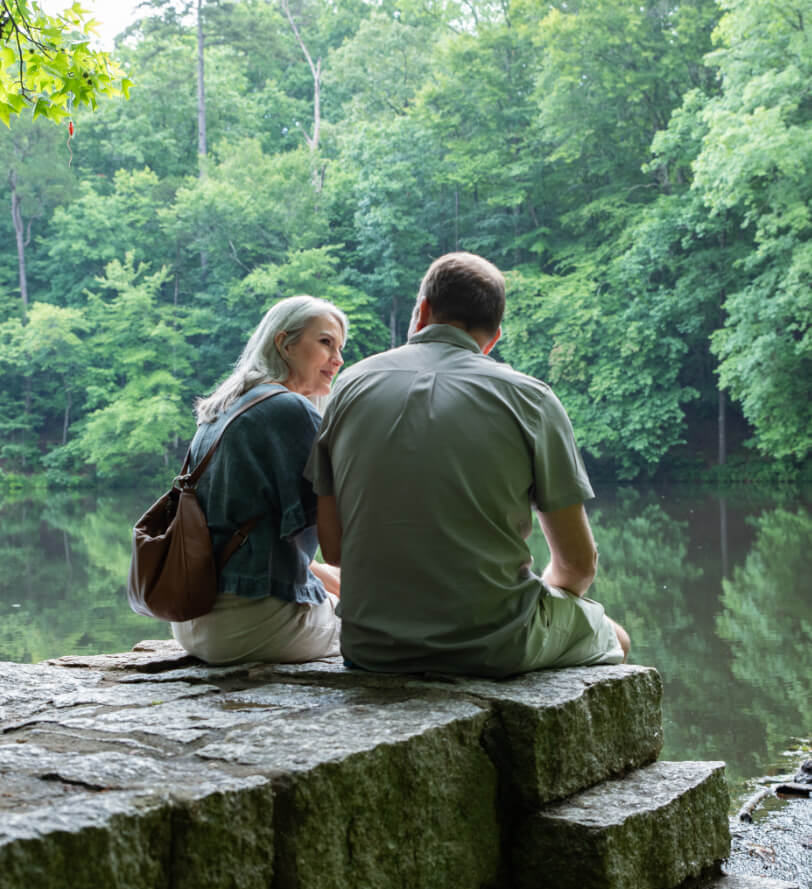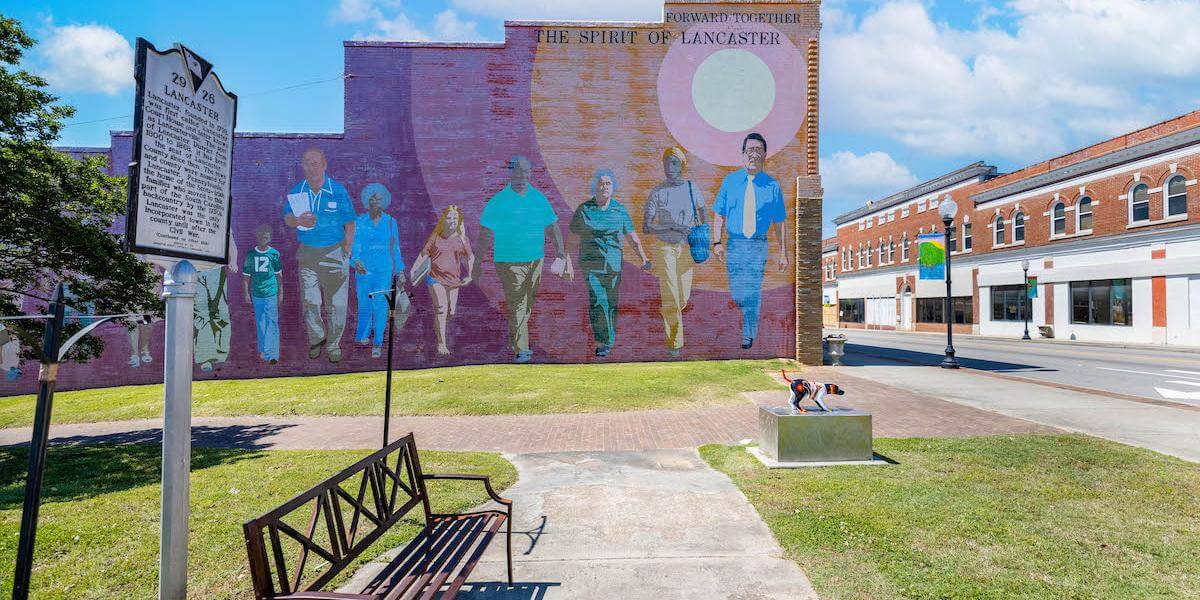
5 Reasons To Visit Small Towns in South Carolina’s Olde English District
Now that the New Year is here, it’s time to start dreaming about your 2026 vacation plans. Maybe you’re considering a trip abroad or imagining the bright lights of a big city—climbing the stairs of the Empire State Building or dining at Michelin-starred restaurants. But what if this year was different? Instead of the crowds and chaos of big cities, imagine exploring the charm of cute towns in South Carolina’s Olde English District.
Small Town Vacations: Is It the Perfect Getaway for You?
Small town getaways are perfect for slowing down and soaking up the charm of somewhere new. Instead of rushing through tourist traps, you’ll uncover hidden gems, enjoy heartfelt hospitality and create real connections you won’t find in big cities. In the Olde English District, every visit feels like a step back to simpler times, offering memories that linger long after you’ve left.
Why Small Town Getaways in the Olde English District Are Worth Exploring
Escape from the crowds to discover the charms of small-town living and reconnect with the outdoors. Whether it’s hospitality, affordability or enjoying unique small town activities, there are many advantages to visiting small towns. Here are five reasons why you should consider an escape to the Olde English District for a vacation this year.
1. The Olde English District is Easily Accessible
The Olde English District, or the OED, spans seven counties in the north-central area of South Carolina: Chester, Chesterfield, Fairfield, Kershaw, Lancaster, Union and York. Most of the counties in the region are within an hour’s drive of larger metropolitan areas, including Charlotte, North Carolina and Columbia, South Carolina—both of which house major airports. From Main Streets to highways, driving around the region is a breeze, and there are one-of-a-kind destinations at every stop.
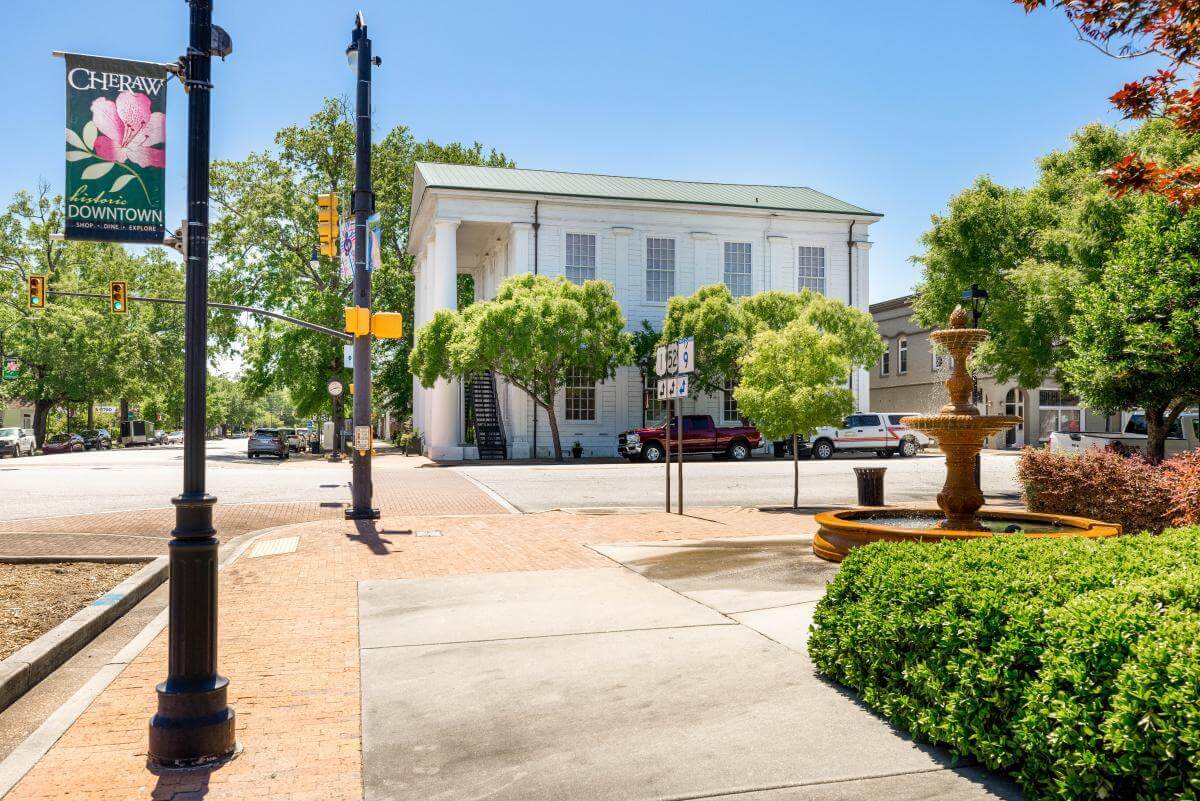
2. Small-Town Vacations Tend to be More Affordable
A visit to one of the small towns in the OED will likely be more affordable than a big city. There are many reasonable restaurants and budget-friendly lodging options, so you can focus less on price and more on bringing your small-town itinerary to life.
So many of the OED’s outdoor activities, such as paddling, hiking or relaxing in a hammock, are free or inexpensive, depending on where you venture. And with nine state parks, the OED is a hub for outdoor adventure. There are a variety of museums and historical exhibits throughout the region that offer free admission, including the Native American Studies Center in Lancaster and Camden’s Revolutionary War Visitor Center.
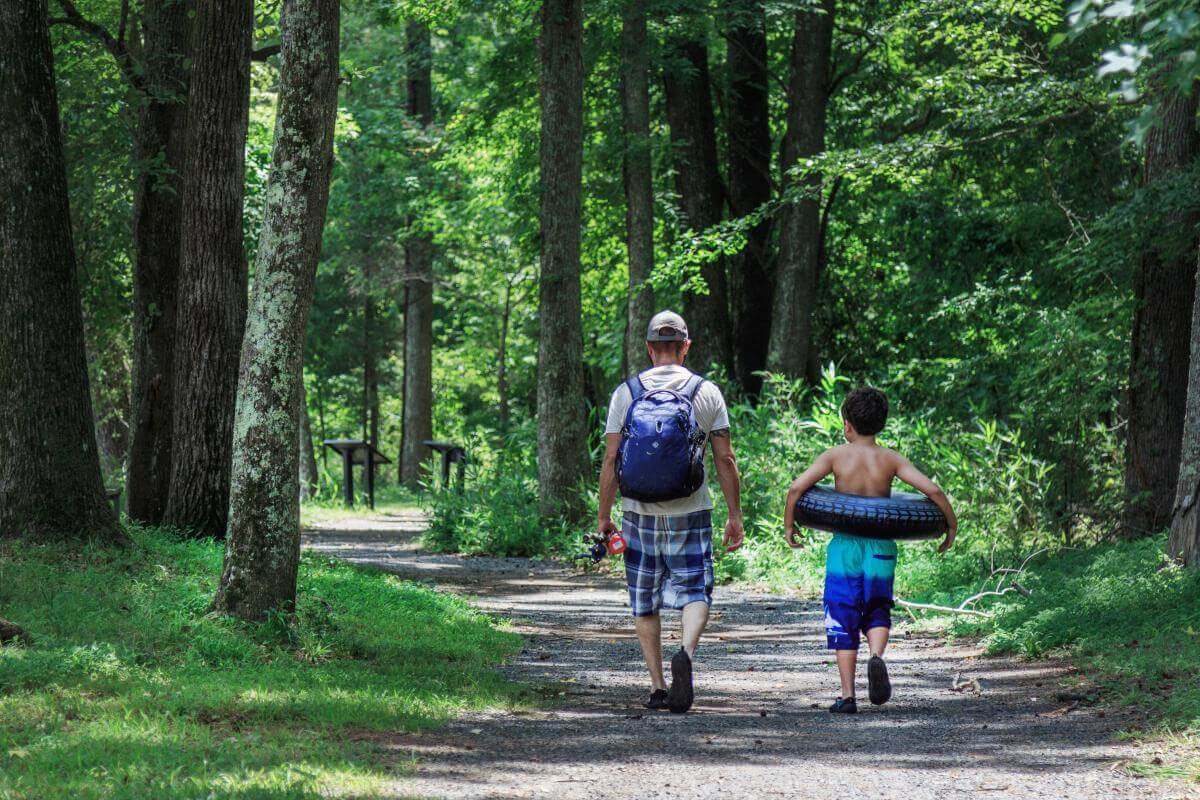
3. Small Towns Have Unique Lodging Options
There are plenty of unique lodging options in the Olde English District. Relax at cozy B&Bs like Inn Upon Moon River Blues Plantation B&B which hasp[ been recognized as TravelPulse’s “10 Charming Southern Inns For a Summer Getaway.” The more adventurous may choose to rent a cabin at Chester State Park and Cheraw State Park or go the more rugged route with a campground. There are also many convenient hotels and motels in every county.
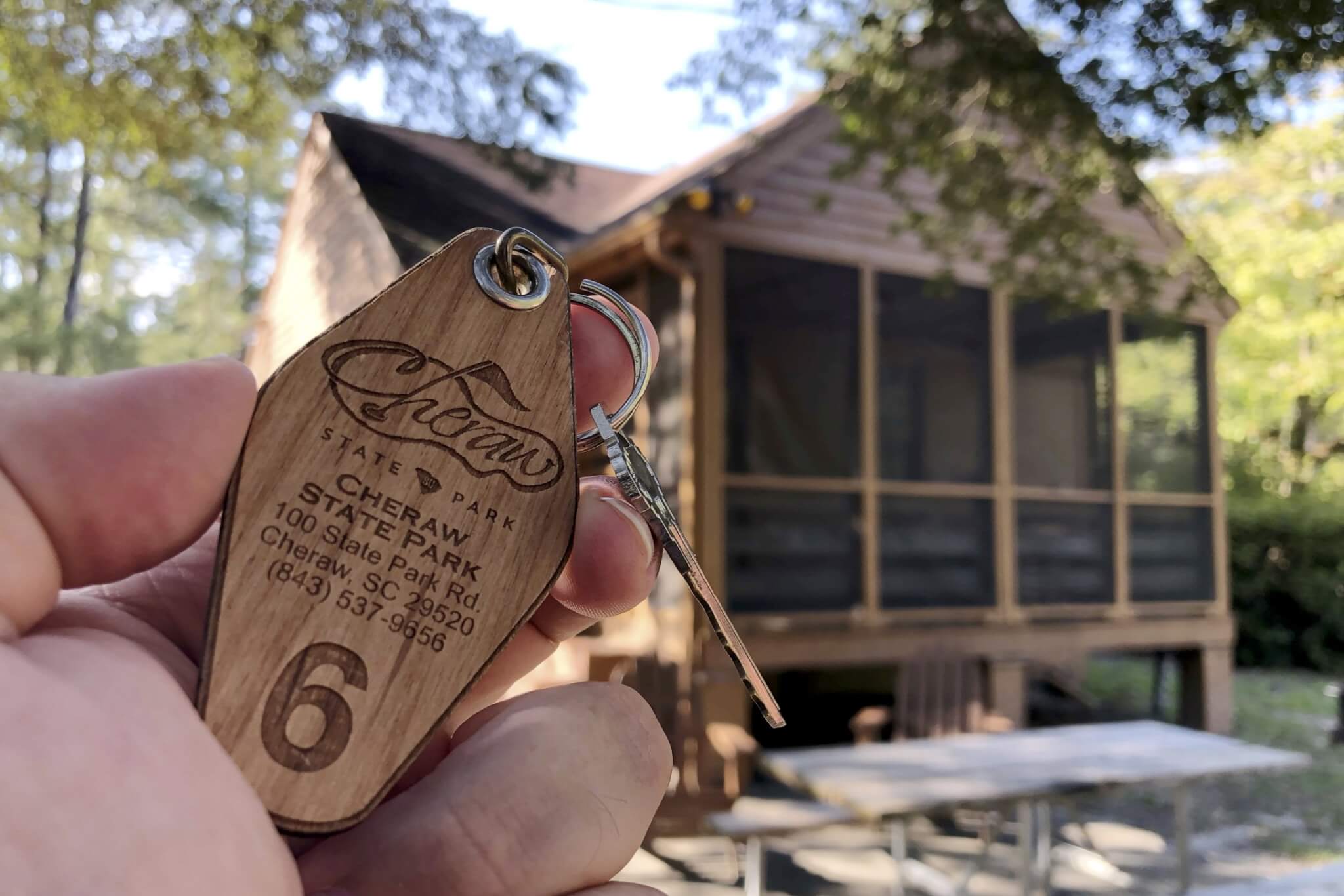
4. Small Towns Offer a Variety of Things to do
There is a little something for everyone in South Carolina’s OED. Explore the outdoors and reconnect with nature at one of the region’s state parks or greenways. Shop around Main Streets and local stores for unique souvenirs and gifts. Dine at local eateries for a taste of the region and stop by nearby farms to pick your own produce to take home with you. Learn about the district’s rich history at museums and historic sites and be sure to check for any upcoming events to plan your visit. In the Olde English District, you’ll find countless things to do in a small town, from exploring history at museums to relaxing in nature at state parks.

5. Small Towns Host Unique Festivals and Events
From outdoor concerts to the Carolina Cup, festivals and events in the OED are full of local flavor and traditions. These gatherings celebrate the culture and community that make each small town in South Carolina’s Olde English District special. Events like the Rock Hill’s Come-See-Me Festival in April, where gardens bloom alongside parades and family-friendly fun, to the Pageland Watermelon Festival in July, savoring the sweetness of summer. Come see for yourself the charm of small-town celebrations, inviting visitors to experience the community’s warm hospitality like a local.

Find Your Next Adventure in South Carolina’s Small Towns
The small towns in the OED are full of opportunities to explore and unwind. Take a step back from your busy day-to-day and escape to South Carolina’s Piedmont region! Download our Destination Guide and start planning your visit to the Olde English District today!

